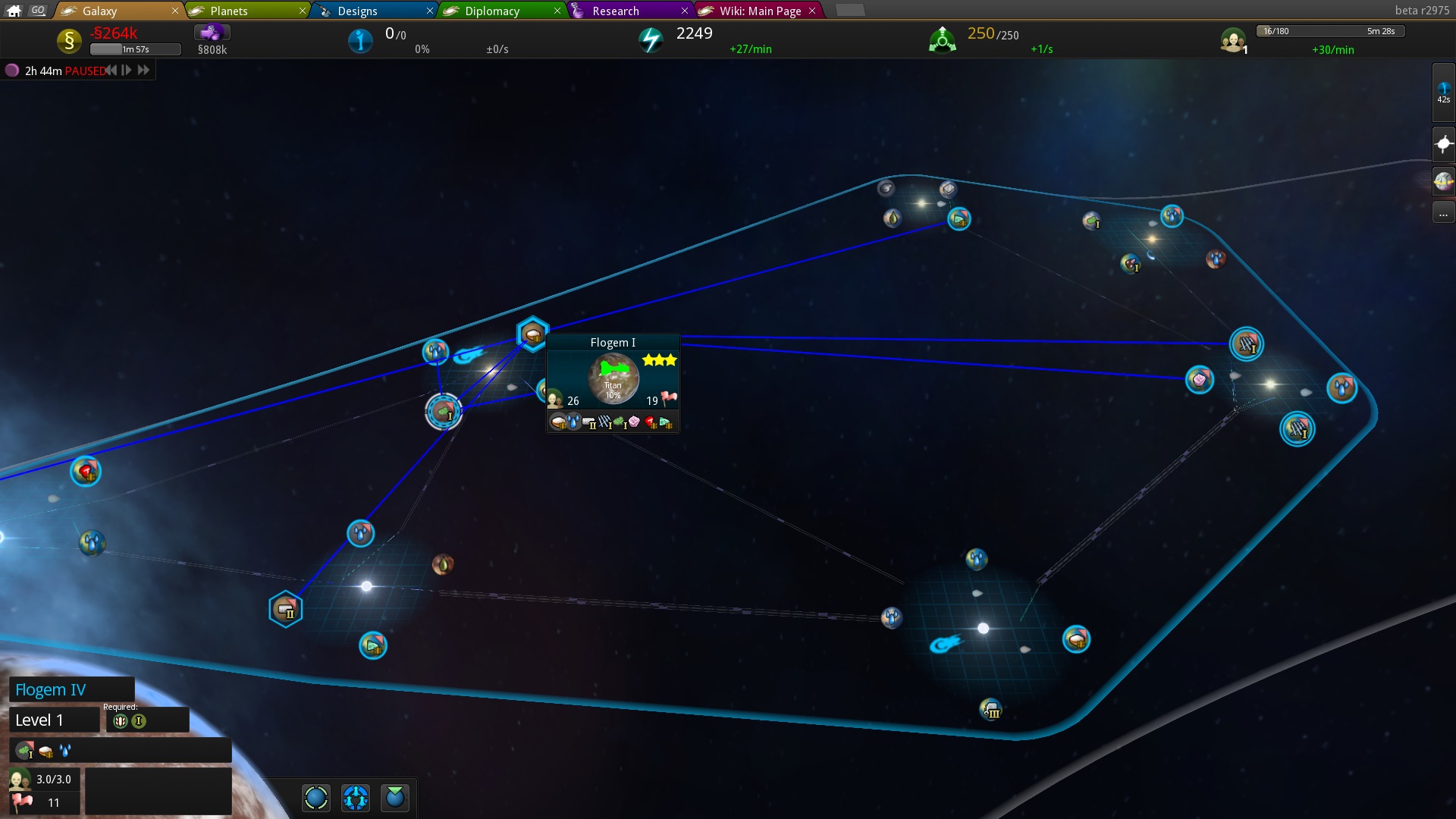

Star Ruler was a single-player, dreamy, immersive science fiction adventure among the stars. That's the real crux of the matter: other players.

Your empire produces influence points which you can use to buy "cards" which are randomly generated every thirty seconds, which you then play and back up with more influence points to impose your will over the other players. This next one shows my processor screaming in agony. Those bright colored dots in the background of my ringworld in the first screenshot each represent planets and stars, over five hundred of them. 4x games thrive on their expansiveness, and the usual turn-based system serves not only to define the player's interaction with the AI but to keep your RAM from melting under the weight of an entire imaginary galaxy. Bright and cheerful, streamlined and fast-paced, it's clear that the sequel is addressing a whole different audience with different priorities than its predecessor.īoth games are real-time. Planet management, instead of a balanced economy, revolves around building up each planet's one exportable resource. Small ships are automatically produced by your planets and automatically join up with your capital ships as they pass through a system. Planets still orbit and ships still make a show of gradually slowing, but distance and mass are nowhere to be seen.

It attempts to remove all that troublesome information from the player's view. Unfortunately, as you can see from the interface, Star Ruler 2 is attempting to go pop. I mistakenly assumed it would build on the original's strengths, a niche item for all us Clarke, Asimov, Heinlein (and maybe Niven) fans who wanted an expansive 4x strategy game with a sense of proportion, with that hard-edged 50s or 70s chrome-plated feel. Partly, I didn't put too much effort into it because the sequel had already been announced. The sheer wealth of information made it slightly difficult to get into, and I now find I'm sorry I gave up on it too quickly, but to the extent I did I found it a nerd's delight. Objects had mass and distances were shown in astronomical units. Goods were shuttled between planets by haulers propelled by Bussard ramjets.


 0 kommentar(er)
0 kommentar(er)
